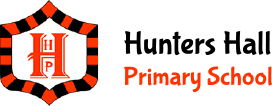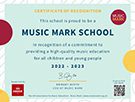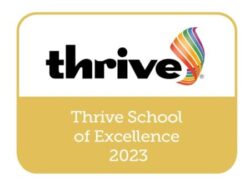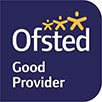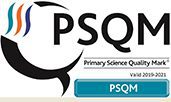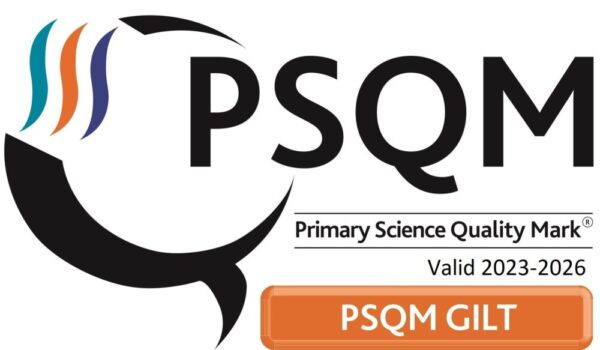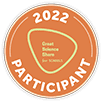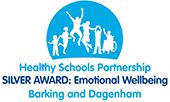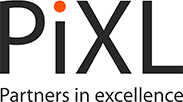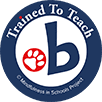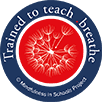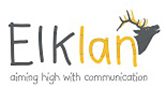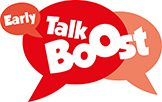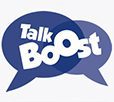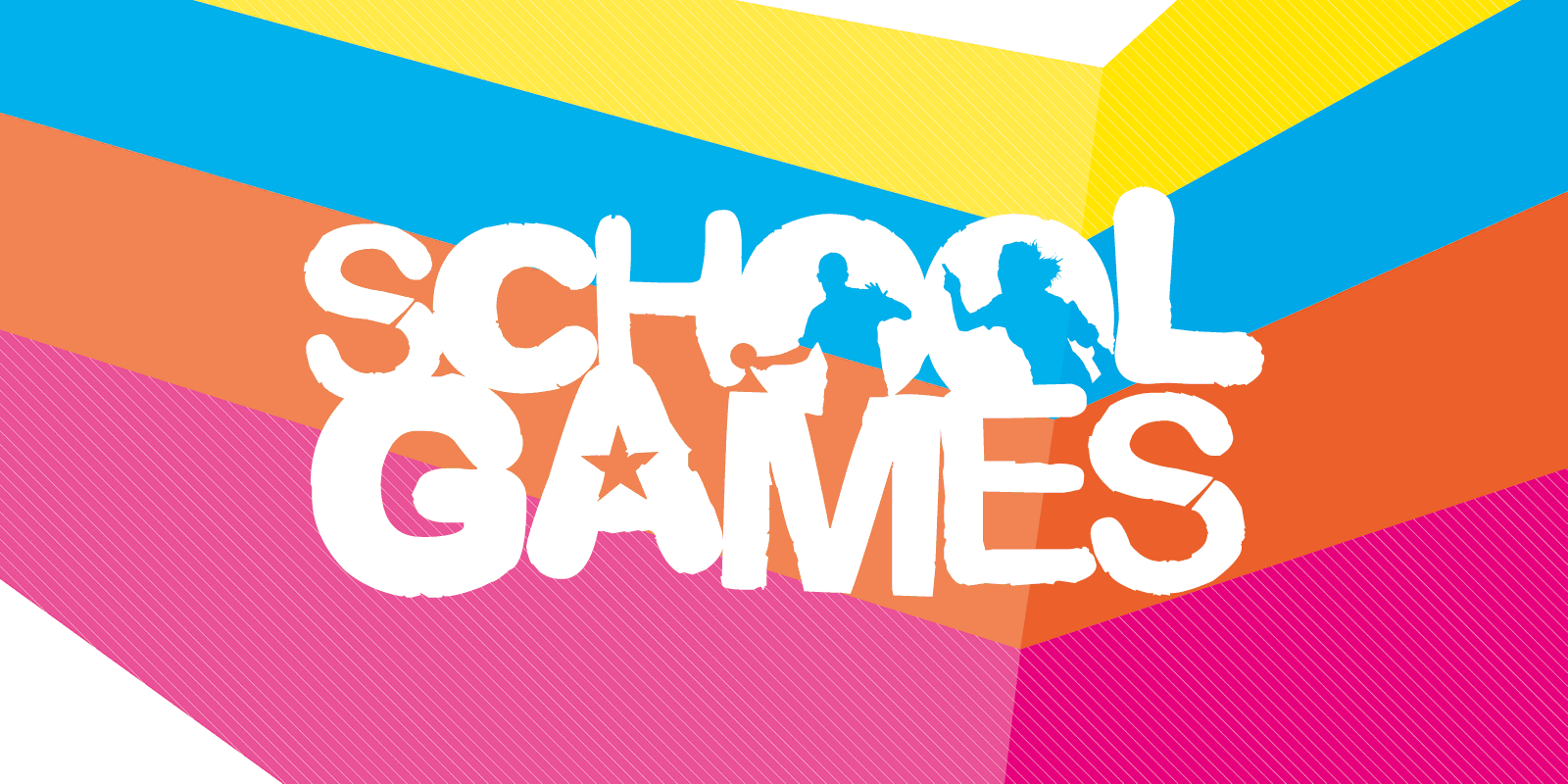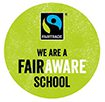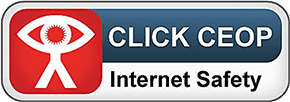Curriculum
Browse our corridor displays which showcase our broad and balanced curriculum as well as emphasising the importance of neuroscience, self-regulation and metacognition.
| Corridor Displays |
| 2024-2025 https://photos.app.goo.gl/1c4kHcgsK2iD38gU8 |
| 2023-2024 https://photos.app.goo.gl/JFFfCJ6f6X4eGoAcA |
| 2023-2024 https://photos.app.goo.gl/JYdJTPRdxfSAqT7u9 |
| 2022-2023 https://photos.app.goo.gl/pgovAyUTEem3nCCo7 |
| 2021-2022 https://photos.app.goo.gl/3qyZnNatBVsH65bc6 |
| 2020-2021 https://photos.app.goo.gl/CwWoFex7598jSBU97 |
| 2019-2020 https://photos.app.goo.gl/W17MmRe2xShkvP4o9 |
The Writing’s on the Wall is a special display of our children’s writing from Nursery to Year 6 – it is updated periodically to reflect a particular theme.
Click the link to view the wonderful writing: https://sway.office.com/DhurrxfSplOGBJAs?ref=Link
Curriculum Intent, Implementation & Impact:
At Hunters Hall Primary School, we know that learning is most memorable for pupils and has “stickability” when it is planned with cross curricular links. Therefore, our intention is to offer an ambitious, creative curriculum that is balanced and broadly based; promoting the social, moral, spiritual, cultural, mental and physical development of all pupils. A curriculum that empowers our pupils with the essential, carefully sequenced knowledge, skills and understanding that they need to be fully integrated citizens in today’s diverse society.

Whenever possible, topics are planned that have rich content, using stimuli such as high-quality texts; artefacts; visiting places of interest, and technology as a starting point for further first-hand investigation and to deepen enquiry skills. Our aim is for all pupils to investigate rich and challenging issues and topics, often in the context of the real world so that they can make informed decisions throughout their lives.
In order to be ready to learn, we recognise that learners need to be regulated, therefore, our curriculum foundations build upon research in neuroscience; attachment theory and child development. We implement the Thrive Approach.
We use reliable research to guide our practice wherever possible. Click here to see What Makes Great teaching?
Based on research, a consistent theme that runs through the whole school from Nursery to Year 6 is the “Characteristics of Effective Learning.” Whenever learning opportunities are planned – the Characteristics should be at the forefront. We believe that this enables a deeper level of learning; ensuring that the children’s education outlasts their time at Hunters Hall.
The Characteristics of Effective Learning are:
- Active Learning – Motivation
- Playfulness & Exploring – Engagement
- Creating & Critical Thinking – Thinking


Since September 2014, all children have been taught the 2014 National Curriculum statutory requirements. One of the main aims of the curriculum is to raise standards, with a focus on the knowledge, skills and understanding in the various disciplines.
The sequencing of our curriculum means that learning is interleaved; pupils build on skills and knowledge that they have been taught before, thereby transferring key knowledge to their long-term memory.
Each subject area that is taught at Hunters Hall has a clear intent, implementation and impact. To view these click here: Subject Intent, Implementation & Impact
The following subjects are enhanced by a scheme of work or subscription to online resources:
- English – PiXL;
- Maths – White Rose;
- PSHE – 1Decision & PSHE Association;
- PE – CompletePE;
- Science – PiXL;
- Music – Charanga;
- Art – AccessArt;
- Design Technology – Kapow ;
- MFL (French) – Language Angels;
- Computing – Teach Computing;
- Handwriting – Nelson;
- RE – LBBD Agreed Syllabus ;
We are able to measure the impact of our curriculum in a number of ways. Assessment at Hunters Hall includes ongoing evaluation of learning by teachers on a day-to-day basis which allows them to tailor their teaching accordingly.
In order to prepare our children for the more ambitious end of year expectations, as set out in the curriculum, teachers have taken part in a range of training and developmental activities. At the end of each half-term, the skills covered in the foundation subjects are highlighted on the curriculum document. This is monitored by subject leaders and/or other school leaders.
‘Development Matters in the EYFS’ is used to track and assess pupils across our Nursery and Reception years. The ‘EYFS profile’ is used to make accurate judgements about each pupil’s attainment at the end of EYFS.
In Y1-6 PiXL (Partners in Excellence) tests and past statutory tests in Reading, Maths and GPS take place periodically and gives teachers indicators of how well specific knowledge and skills have been retained and informs teachers of patterns and trends to tailor future curriculum planning and provision.
Statutory assessments are completed at the end of EYFS, KS1 and KS2. Phonics assessments are initially completed at the end of Year 1 and statutory times-tables tests are to be introduced in Year 4.
The schedule of diagnostic tests in Reading, Maths and GPS are used by teachers and leaders to identify pupils who may be at risk of falling behind and so may require more focused intervention. The information from both tests and teacher assessment is used to inform pupil progress discussion and to quality assure accurate judgements are made. Once assessments are complete, test data spreadsheets are uploaded and analysis documents are created by PiXL to inform the future teaching of the core areas (Implications for teaching). Teachers assign pupils a PiXL grade (based on the percentage of marks obtained) indicating the predicted end of year attainment in Reading and Maths which are then used to identify further learning needs. Nationally comparable benchmarking including FFT and PiXL is used to check that individual pupils, cohorts and groups are on track to meet end of key stage predictions. Year Group Leaders complete summaries of attainment and further analysis of results to identify the learning needs of individual and groups of pupils. As teams, Question Level Analysis (QLAs) are completed to further analyse the question stems and content in the individual papers. Using this diagnostic information, planning is adapted and Personal Learning Checklists (PLCs) are set up for the use of ‘therapies’ – short planned sessions in areas of the national curriculum – for specific ‘Key Marginal’ pupils. The cycle of ‘diagnosis, therapy, test and review’ (DTTR) informs planning and ensures that support is appropriate and progressive.

To find out more about PiXL, click the link below:
For more information regarding the national curriculum, please click on the link: https://www.gov.uk/government/collections/national-curriculum
Click here to download a Parents’ Guide to the Curriculum
Phonics teaching (Phonics Policy)
At Hunters Hall Primary School we are committed to the systematic teaching of synthetic phonics to support the development of children’s reading, writing and spelling. We follow the ‘Essential Letters and Sounds’ systematic phonics programme which begins in Nursery. Children in Reception and Key Stage One have a daily phonics lesson. The teaching of high quality phonic lessons should equip our children with the phonic knowledge and skills they need to become fluent readers and confident writers. https://home.oxfordowl.co.uk/reading/what-is-letters-and-sounds/
Parents Support/School Website
- Information for School Websites
- Phase 2 Pronunciation video
- Phase 3 Pronunciation video
- Phase 5 Pronunciation video
- Link to Oxford Owl Home for Parent Support
| Phase | Phonic Knowledge and Skills |
| Phase One (Nursery/Reception) | Activities are divided into seven aspects, including environmental sounds, instrumental sounds, body sounds, rhythm and rhyme, alliteration, voice sounds and finally oral blending and segmenting. |
| Phase Two (Reception) up to 6 weeks | Learning 19 letters of the alphabet and one sound for each. Blending sounds together to make words. Segmenting words into their separate sounds. Beginning to read simple captions. |
| Phase Three (Reception) up to 12 weeks | The remaining 7 letters of the alphabet, one sound for each. Graphemes such as ch, oo, th representing the remaining phonemes not covered by single letters. Reading captions, sentences and questions. On completion of this phase, children will have learnt the “simple code”, i.e. one grapheme for each phoneme in the English language. |
| Phase Four (Reception) 4 to 6 weeks | No new grapheme-phoneme correspondences are taught in this phase. Children learn to blend and segment longer words with adjacent consonants, e.g. swim, clap, jump… |
| Phase Five (Throughout Year 1) | Now we move on to the “complex code”. Children learn more graphemes for the phonemes which they already know, plus different ways of pronouncing the graphemes they already know. |
| Phase Six (Throughout Year 1 and beyond) | Working on spelling, including prefixes and suffixes, doubling and dropping letters etc. |
Reading Scheme
At Hunters Hall we use a variety of reading scheme books to teach children to read. These include Oxford Reading Tree and Big Cat Collins. All books used by the children are colour coded into ‘colour bands’. The children are then able to read a variety of fiction and non-fiction books across a ‘colour band’ with a similar degree of challenge.
We encourage reading by providing books from our class and school libraries (sending actual books home), and assigning texts on Oxford Owl https://www.oxfordowl.co.uk/
Place Value in Maths
In Year 1, pupils should:
- Count to and across 100;
- Count, read and write numbers to 100 in numerals.
- Pupils may also begin to recognise place value in numbers beyond 20 by reading, writing, counting and comparing numbers up to 100, supported by objects and pictorial representations.
In Year 2, pupils should:
- Recognise the place value of each digit in a two-digit number (tens, ones);
- Read and write numbers to at least 100 in numerals and in words;
- Use place value and number facts to solve problems.
- By the end of Year 2, pupils should know the number bonds to 20 and be precise in using and understanding place value.
In Year 3, pupils should:
- Recognise the place value of each digit in a three-digit number (hundreds, tens, ones);
- Read and write numbers up to 1000 in numerals and in words;
- Use larger numbers to at least 1000, applying partitioning related to place value using varied and increasingly complex problems;
- Use a variety of representations, including those related to measure;
- Continue to count in ones, tens and hundreds, so that they become fluent in the order and place value of numbers to 1000.
In Year 4, pupils should:
- Recognise the place value of each digit in a four-digit number (thousands, hundreds, tens, and ones);
- Know that over time, the numeral system changed to include the concept of zero and place value.
In Year 5, pupils should:
- Read, write, order and compare numbers to at least 1 000 000 and determine the value of each digit.
In Year 6, pupils should:
- Read, write, order and compare numbers up to 10 000 000 and determine the value of each digit.
https://whiteroseeducation.com/parent-pupil-resources/maths/free-downloads#download

